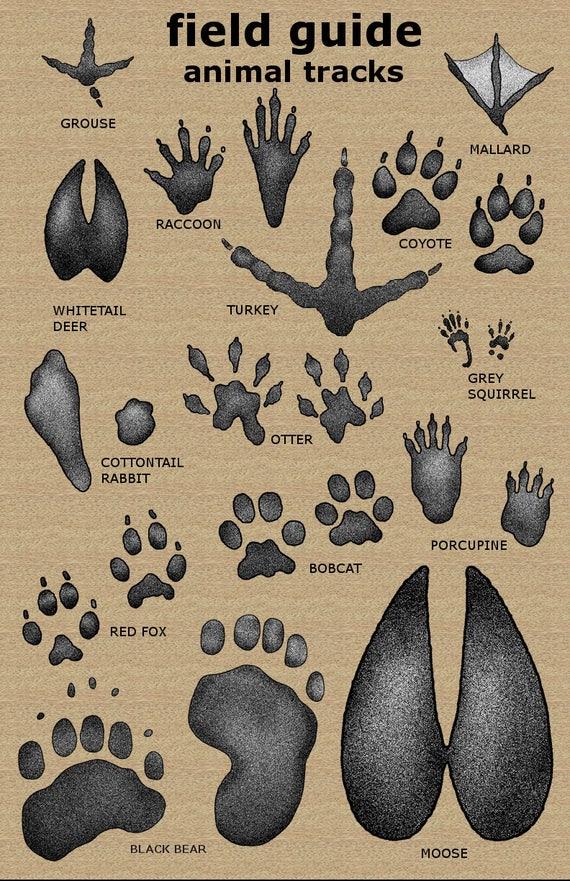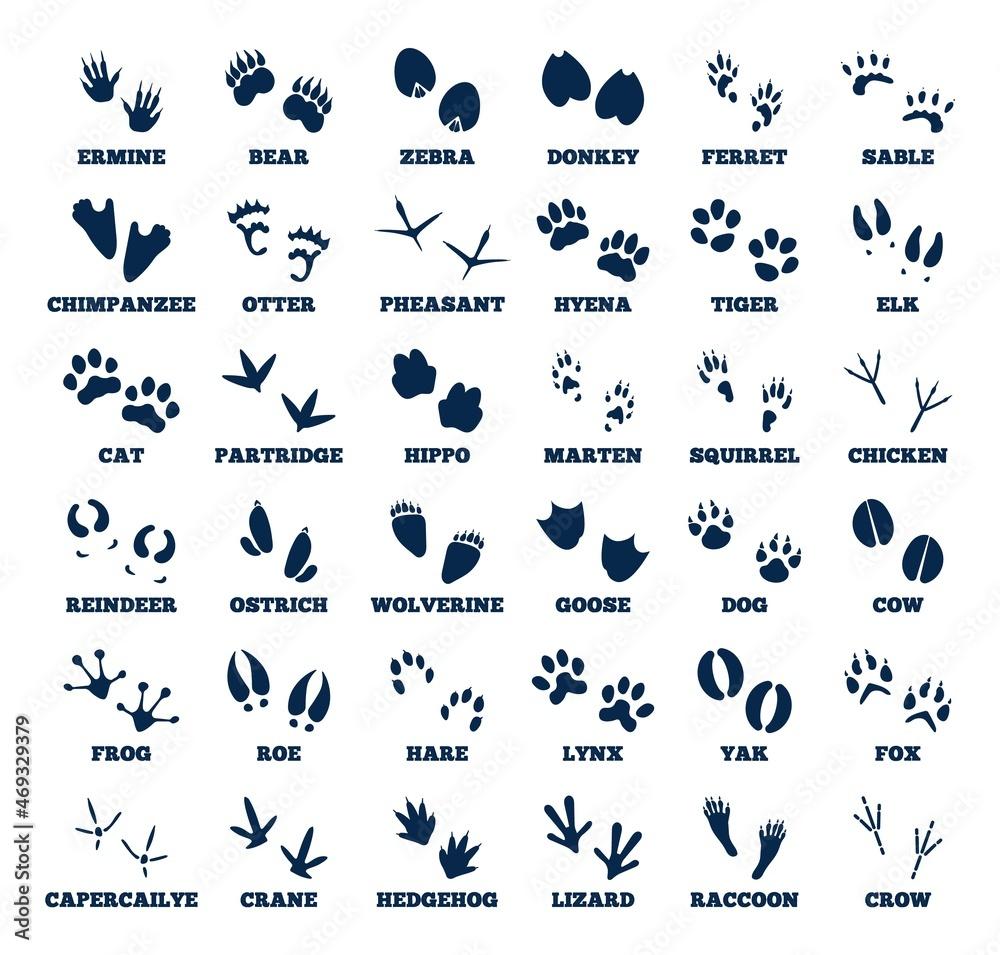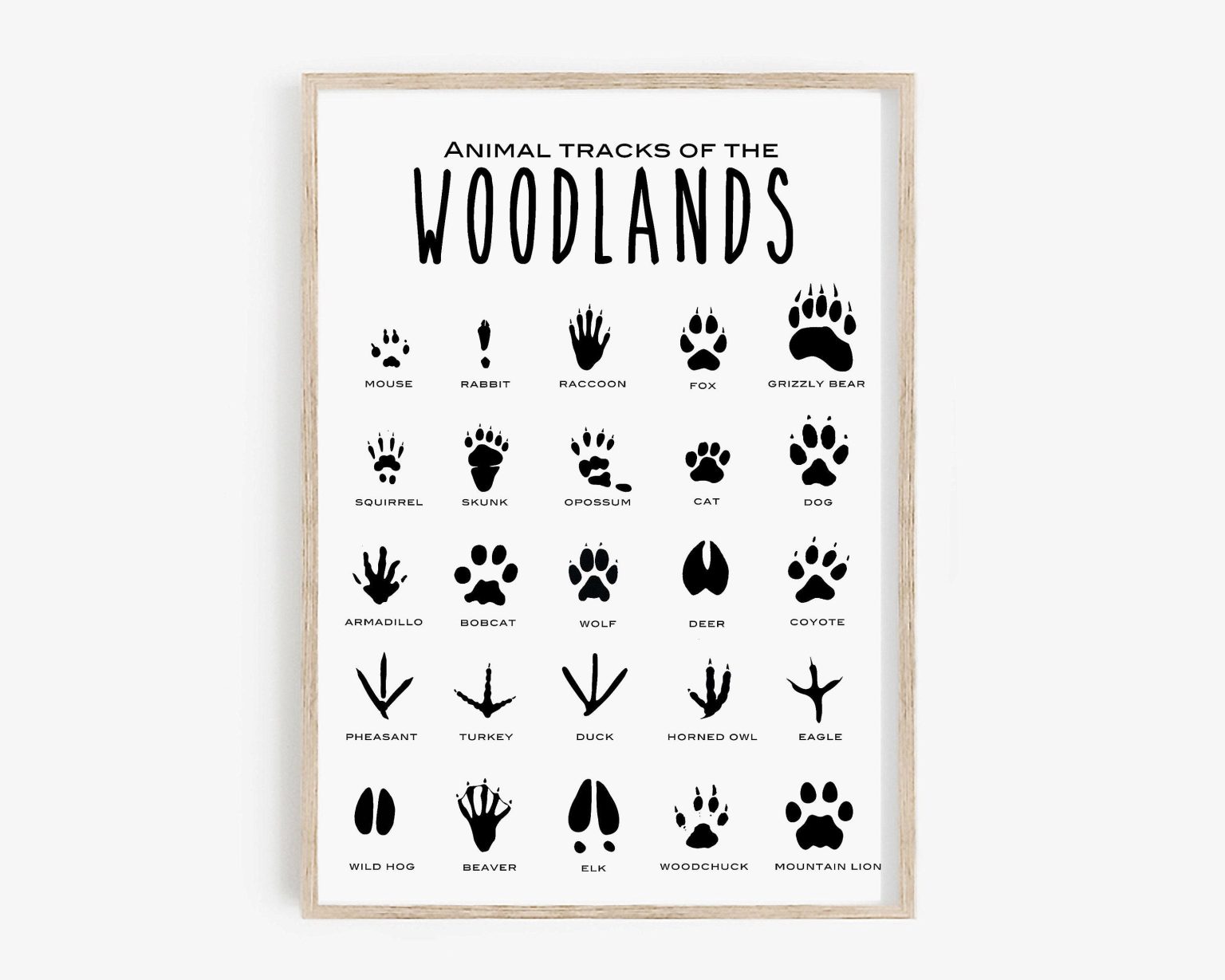As the first light of dawn spills over the horizon, the world awakens in a symphony of sights and sounds. The gentle rustle of leaves, the distant call of a bird, and the soft whisper of the breeze invite adventurers to explore the hidden tales that nature has to offer. Among these secrets lies a remarkable language — one that speaks through footprints pressed into soil, mud, or snow. Animal tracks, often overlooked, weave a narrative of the creatures that roam our landscapes, revealing their journeys, habits, and lives. In this guide, we will embark on a journey to decode the intricate patterns left behind by wildlife, exploring how to recognize and interpret these signs. Whether you’re a seasoned naturalist or a curious novice, understanding these tracks can deepen your connection to the great outdoors and enhance your appreciation of the rich tapestry of life that surrounds us. Join us as we delve into the art of tracking, unlocking the stories of nature’s inhabitants, one footprint at a time.
Table of Contents
- Understanding the Basics of Animal Tracks and Their Significance
- Identifying Common Animal Tracks: Tips and Techniques
- Interpreting Track Patterns: What They Reveal About Animal Behavior
- Preserving the Natural Environment: Ethical Considerations for Track Observers
- In Summary
Understanding the Basics of Animal Tracks and Their Significance

Tracking animals through their footprints can unveil a world of fascinating stories hidden in nature. Identifying the tracks left behind by various species not only enhances our outdoor experiences but also deepens our understanding of wildlife behavior and ecology. Each track serves as a clue that gives insight into the animal’s size, movement patterns, and even their feeding habits. Various factors contribute to the characteristics of animal tracks, such as terrain, weather, and the animal’s physical attributes. For instance, the width and depth of a track can indicate whether the animal is light-footed or heavy, while claw marks can suggest predatory behavior.
To effectively decipher these signs of wildlife, it’s beneficial to familiarize oneself with a few key aspects:
- Track Shape: The general outline can help identify the species.
- Number of Toe Prints: The number of toes varies by species.
- Gait Patterns: Observing the spacing and sequence reveals how the animal moves.
| Animal | Track Size (inches) | Distinctive Feature |
|---|---|---|
| White-tailed Deer | 2 – 3 | Heart-shaped hooves |
| Raccoon | 3 – 4 | Five dexterous toes |
| Bobcat | 2 – 3 | Obvious claw marks |
Identifying Common Animal Tracks: Tips and Techniques

Exploring the great outdoors often reveals a hidden world that tells stories through its inhabitants, and animal tracks are some of the most fascinating narratives. To effectively identify these tracks, begin by assessing their size and shape. Familiarize yourself with the distinct characteristics of common tracks, such as the number of toes, claw marks, and the overall configuration. Observing the depth of the impression can also provide clues; deeper tracks may indicate heavier animals or wet, soft ground. Collecting images or using a field guide can be invaluable, as it enriches your knowledge base, making it easier to discern between similar species.
Another essential technique involves understanding the context in which tracks are found. Look for signs of movement patterns and other clues like scat or feeding signs nearby. Tracks can be influenced by the terrain, weather, and even the time of year. To assist you in recognizing the most common animal tracks, here’s a quick reference table:
| Animal | Key Features | Typical Habitat |
|---|---|---|
| Doe | Heart-shaped, two points, 2 hooves | Forests and fields |
| Fox | Small, oval, four toes with claws | Woodlands, farmlands |
| Bear | Large, round, long claws | Forested areas, mountains |
| Rabbit | Round, two larger hind tracks, smaller front tracks | Grasslands, gardens |
Interpreting Track Patterns: What They Reveal About Animal Behavior
Animal tracks serve as a narrative of the wildlife that inhabits an area, revealing their behaviors and activities. Each pattern can provide insight into the animal’s daily routines, environmental interactions, and even their emotional state. For example, the depth and spacing of the tracks can indicate the animal’s speed and urgency. Tracks that are close together suggest a hurried pace, while widely spaced prints may imply a more leisurely wander. Furthermore, the presence of claws, the shape of the toe pads, and the overall dimensions of the prints can help identify not only the species but also its physical condition, such as whether it is a healthy individual or one that may be struggling.
Additionally, the context of where tracks are found enhances our understanding of animal behavior. Tracks discovered near water sources can indicate drinking habits or feeding activities, while those near trees might suggest foraging for fruit or nesting behaviors. It’s essential to consider environmental conditions such as weather and season, as they impact animal movement patterns. A table summarizing key track characteristics can be beneficial for quick reference:
| Animal | Track Characteristics | Behavioral Insights |
|---|---|---|
| Deer | Cloven hooves, ~2-3 inches long | Foraging, moving to water sources |
| Raccoon | Five-toed, hand-like print | Foraging near water, scavenging |
| Fox | Small, pointed, oval prints | Hunting, exploring territories |
Preserving the Natural Environment: Ethical Considerations for Track Observers
As we tread lightly upon the Earth while observing animal tracks, it becomes essential to reflect on the potential impact of our presence in natural habitats. Ethical considerations for track observers should always encompass a deep respect for wildlife and their ecosystems. Engaging in activities such as track identification should be done with a sense of responsibility, ensuring that we do not disrupt animal behavior or alter their natural environments. When venturing into the wild, keep the following guidelines in mind:
- Maintain Distance: Observe from afar to minimize stress on animals.
- Avoid Disturbance: Do not disturb nests, dens, or hiding spots.
- Leave No Trace: Take all trash with you and refrain from picking plants or altering the habitat.
Additionally, understanding the broader philosophical implications of our actions reinforces our role as stewards of nature. This awareness fosters a deeper connection with wildlife, prompting a sense of wonder and respect. To support responsible observation, consider familiarizing yourself with local wildlife regulations and conservation efforts. Tracking can serve as an opportunity to educate ourselves and others about local species and their significance. A quick reference table below highlights the essential identifiers and best practices for tracking:
| Animal | Track Characteristics | Best Practices |
|---|---|---|
| Deer | Split hooves, about 2.5 inches long | Observe quietly, avoid startling |
| Fox | Small, oval tracks with pointed toes | Follow tracks without leaving marks |
| Bear | Large, round tracks with five toe marks | Keep a safe distance, do not approach |
In Summary
As the sun sets on your journey through the pages of “,” you may find yourself standing at the threshold of the wild, eager to step outside and embark on your own exploration. The nuances of tracking that we’ve covered have not just unveiled the mysteries of the forest floor, but have also awakened a deeper appreciation for the intricate lives that intertwine with our own.
Every footprint tells a story, etched into the soil like the pages of an unread book, waiting for you to turn them, to decipher their meaning. Whether it’s the dainty mark of a deer bounding gracefully through the underbrush or the telltale signs of a clever fox slipping silently through the night, each track is a reminder of the vibrant world thriving around us.
As you wander trails and meander through meadows, let your newfound knowledge guide you. Look closely, listen intently, and immerse yourself in the sights and sounds that nature offers. With each step, you’ll not only strengthen your bond with the environment but also become part of the ongoing narrative of wildlife, a story that remains ever-unfolding with each season that passes.
So, dear reader, as you lace up your boots and venture forth, remember: the wilderness is alive with tales waiting to be discovered. Pay attention to the whispers of the earth beneath your feet, for you are now equipped to interpret the languages of the wild. Happy tracking!



